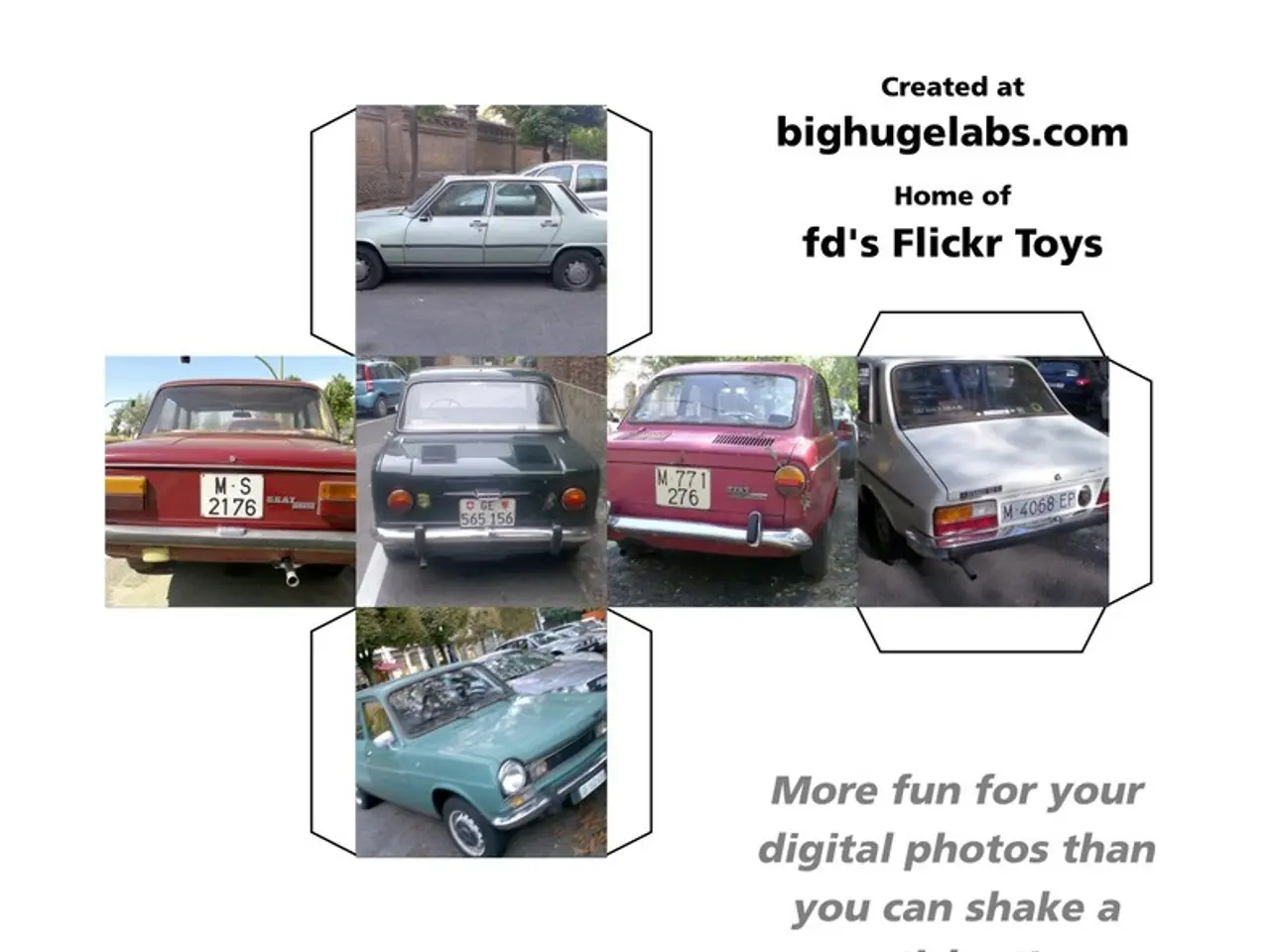Mastering the R Programming Language: A Guide for Beginners
R is a powerful tool for data analysis, statistical computing, and creating visualizations. For beginners, mastering the fundamental concepts of R is key to using the language efficiently and effectively. Here are some essential topics to focus on:
Basic Syntax and Operations
Understand the syntax rules of R, including the use of comments, operators, and keywords. Learn basic arithmetic and logical operations in R. This will provide a solid foundation for working with data and building analytical workflows.
Variables and Data Types
Grasp how variables store data in R and the primary data types such as numeric, integer, character (strings), logical (TRUE/FALSE), and complex numbers. R automatically infers variable types without explicit declaration, making it easier to work with different data types.
Core Data Structures
Learn to work effectively with R's core data structures:
- Vectors: One-dimensional homogeneous data collections.
- Lists: Ordered collections that can hold heterogeneous data types.
- Matrices: Two-dimensional arrays of homogeneous elements.
- Data Frames: Tabular structures that can hold heterogeneous data types, widely used for data analysis.
- Factors and Strings: For categorical data and text manipulation.
Control Flow Constructs
Understand decision-making through conditional statements (, ) and how to implement loops (, , ) to control execution flow and automate repetitive tasks.
Functions
Learn how to write and use functions to modularize code, promote reuse, and simplify debugging. Functions make code easier to understand and modify, reduce the risk of errors, and make it easier to share code with other users.
Object-Oriented Programming (OOP) Basics
Gain a preliminary understanding of classes, objects, and principles like encapsulation, inheritance, and polymorphism as supported in R for structuring code beyond procedural programming.
Mastering these fundamentals equips beginners with the essential tools to manipulate data, automate processes, and build analytical workflows in R efficiently. Additional practice in reading and writing R scripts, along with exploration of built-in packages and the R console, further solidifies these basics.
Loading Libraries and Creating Data Structures
The function is used to load a library into the current R session. R has a variety of data types, including numeric, character, logical, factor, and date data types. A simple command creates a list with 3 elements: a character vector, a numeric vector, and a matrix.
An array in R is a multidimensional object, created using the function, which takes a vector of data and a vector of dimensions. In R, a matrix is a two-dimensional collection of data, with rows and columns. Matrices are created using the function or the command by passing two dimensions.
A Data Frame in R is a tabular format that is similar to a matrix but can have a different type in each column. It has a special attribute called , which specifies the row names of the data frame. A Data Frame example with 3 rows and 3 columns, containing the names, ages, and genders of three individuals, demonstrates its use.
Utilizing Libraries and Functions
Thousands of libraries are available for R, covering topics such as data manipulation, statistical analysis, machine learning, data visualization, etc. Learning how to use these libraries and their functions is crucial to making the most of R's capabilities. Functions in R can make code easier to understand and modify, reduce the risk of errors, and make it easier to share code with other users.
Learning Resources
"R Programming for Absolute Beginners" is a comprehensive book that follows a structured approach for learning R from scratch. It starts by looking at the R vector, a basic data structure that stores a sequence of elements of the same type, and covers manipulating R vectors, including indexing elements and modifying data structures. The book also covers more advanced topics like working with Data Frames and libraries.
Starting with a comprehensive study plan and focusing on foundational concepts is key to mastering the R programming language. With practice and dedication, learning R can be a rewarding and challenging experience.
In the realm of data-and-cloud-computing and technology, understanding the fundamentals of R is essential for efficient and effective education-and-self-development in online-education and learning. This begins with mastering Basic Syntax and Operations, Control Flow Constructs, Function writing, and Object-Oriented Programming (OOP) Basics. By understanding R's core data structures like vectors, lists, matrices, and data frames, and manipulating various data types, you will be equipped to tackle more complex tasks, such as utilizing libraries and functions for data manipulation, statistical analysis, machine learning, and data visualization. A recommended resource for learning R from scratch is "R Programming for Absolute Beginners."




